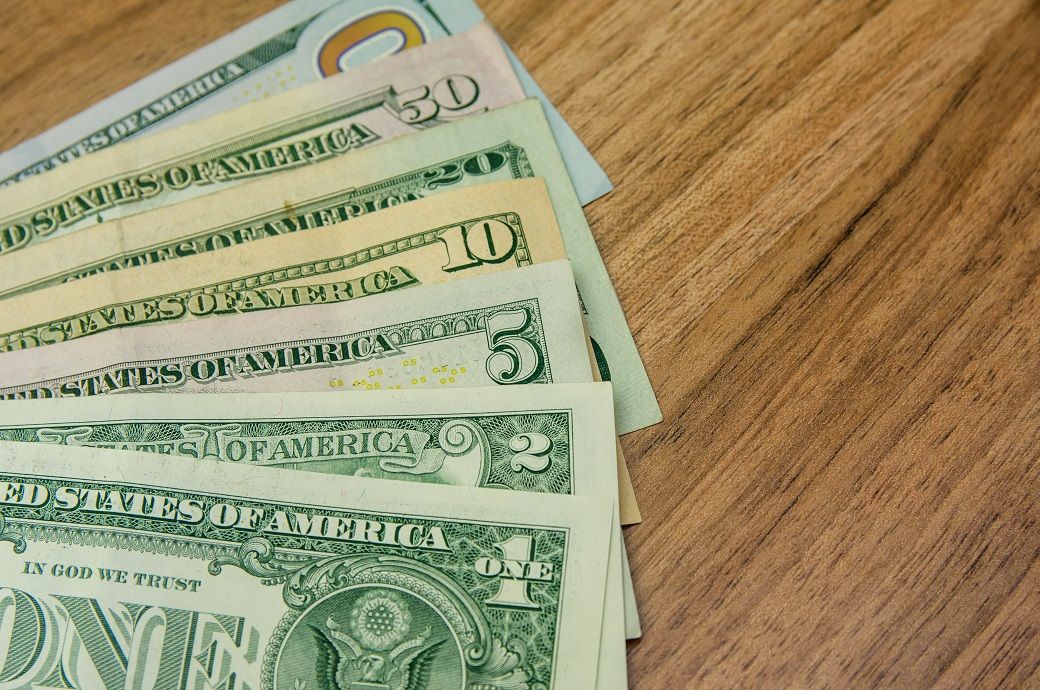

The increase in consumer spending reflected an increase in services that was partly offset by a decrease in goods. Within goods, the leading contributor to the decrease was ‘other’ durable goods. There was a decrease in exported goods, led by nondurable goods excluding petroleum, as well as in imported goods, led by durable consumer goods, the BEA said in a news release.
Compared to Q3, the deceleration in real GDP in Q4 primarily reflected a downturn in exports and decelerations in consumer spending and other types of expenditure. Imports decreased less in Q4 than in the Q3.
Current-dollar GDP increased by 6.7 per cent at an annual rate, or $421.1 billion, in Q4 to a level of $26.15 trillion, an upward revision of 0.2 percentage point, or $12.5 billion, from the previous estimate, added the release.
The price index for gross domestic purchases increased 3.6 per cent in Q4, an upward revision of 0.4 percentage point from the previous estimate. The personal consumption expenditures (PCE) price index increased 3.7 per cent, an upward revision of 0.5 percentage point. Excluding prices of energy and other goods, the PCE price index increased 4.3 per cent, an upward revision of 0.4 percentage point.
Fibre2Fashion News Desk (NB)